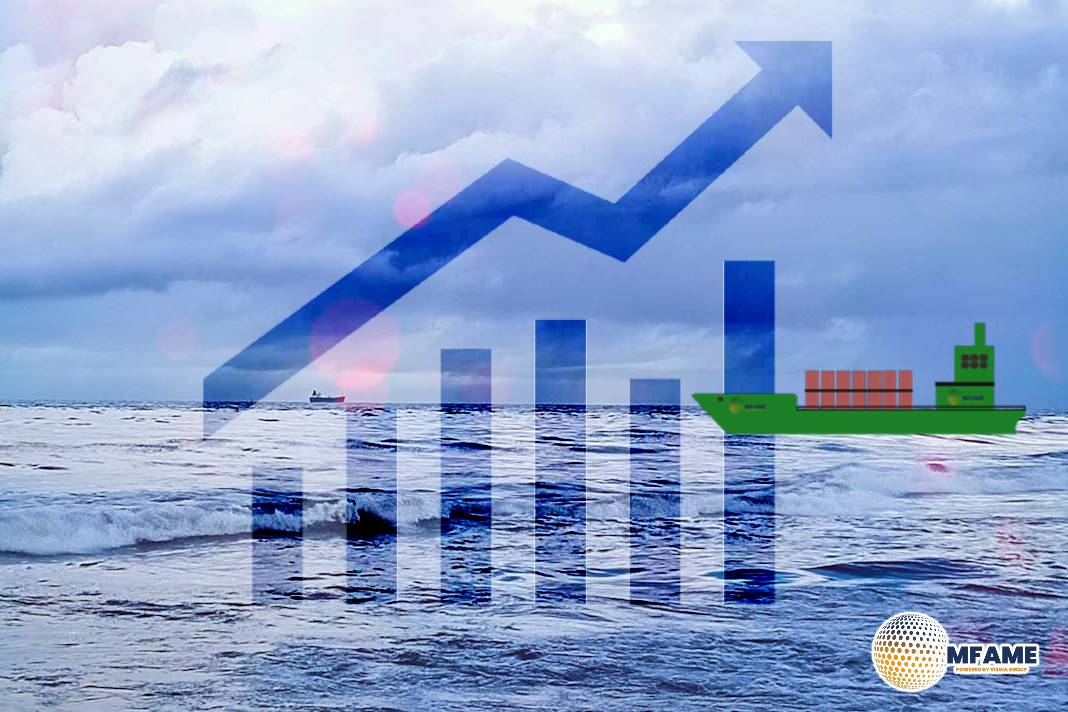- U.S. container import volumes in February 2024 exhibited a 6% decline from January but marked an impressive 23.3% increase year-over-year.
- While the month-over-month dip is expected due to February’s shorter duration, the outstanding year-over-year growth demands attention.
- However, the impact of the Chinese Lunar New Year in February 2023 must be considered, suggesting a more realistic growth rate of around 13%.
Challenges and Market Dynamics
OPEC+ Quandary and Russian Challenges: The extension of OPEC+ production cuts into Q2 contributes to a complex scenario for the tanker market, with Russia facing voluntary cuts amid tightening sanctions. Attacks on Russian oil infrastructure and compliance concerns add uncertainties to tanker engagements, impacting global supply chain dynamics.
Regional Market Analysis: The top 10 U.S. ports experienced significant shifts in container import volumes. The Port of Oakland and Charleston saw notable increases, while the Ports of Long Beach, Los Angeles, and New York/New Jersey faced declines. Chinese imports decreased by 10.6%, widening the gap from the August 2022 high.
East and Gulf Coast Ports Lead: The market share at top West Coast ports decreased, with East and Gulf Coast ports gaining ground. Overall port transit delays decreased, especially at East Coast ports, contributing to improved logistics metrics.
Trade Lanes and Canal Impact: Despite ongoing challenges at the Panama Canal, Gulf Coast ports demonstrated stability, outperforming other coasts. The effects of the Panama drought and Middle East conflict influenced trade lanes, with a notable decrease in transit times.
Outlook and Recommendations
The February container import volumes highlight the resilience of the U.S. market, despite challenges. However, ongoing geopolitical conditions and potential labor disruptions at U.S. ports pose risks to global supply chain performance in 2024. Stakeholders are advised to monitor key indicators, such as transit delays, trade lane dynamics, and regional port performances, to navigate uncertainties effectively.
Did you subscribe to our daily Newsletter?
It’s Free! Click here to Subscribe
Source: Descartes

















